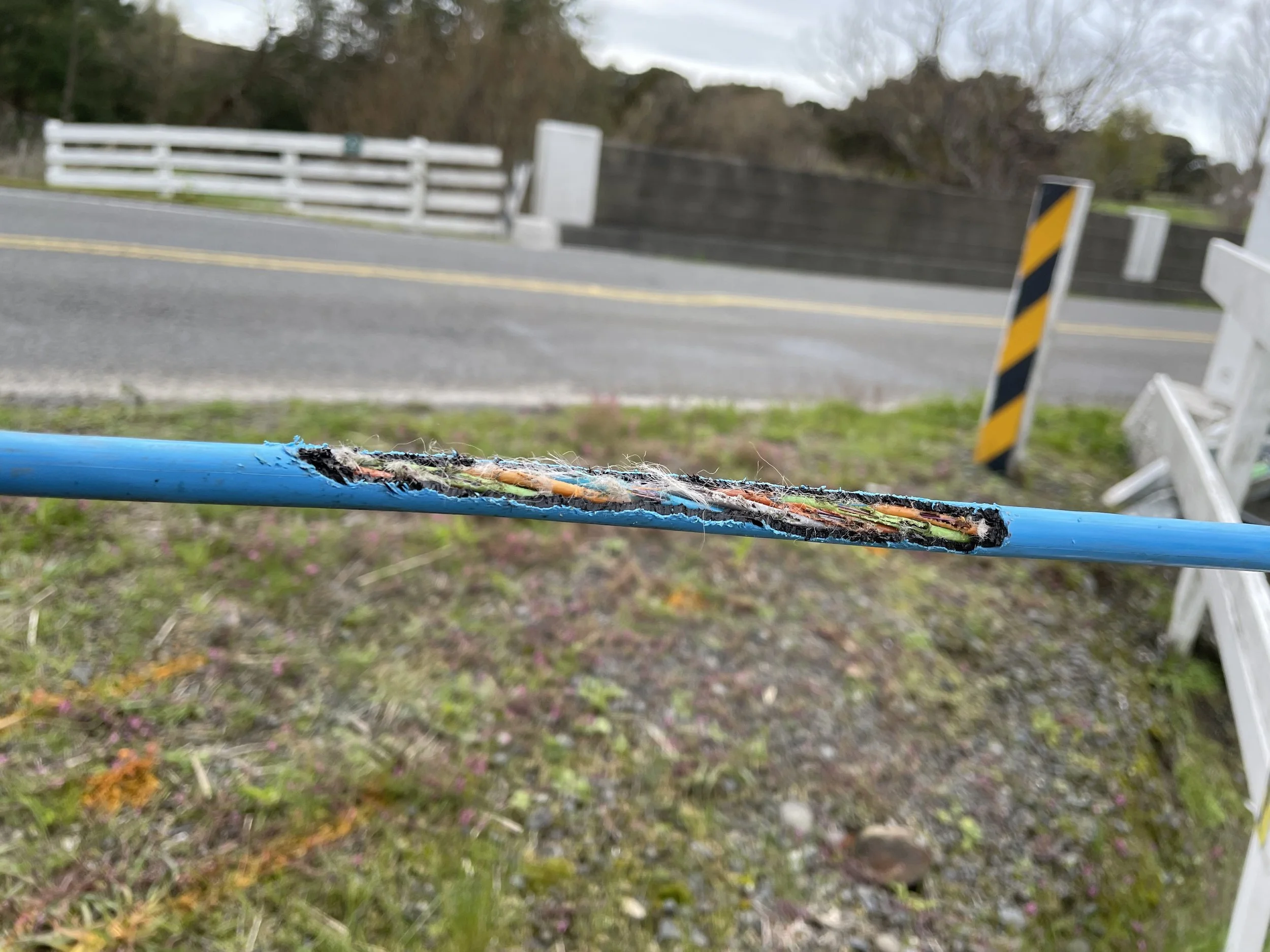Extend the Life of your Fibre Network through Optical Health Checks
Any good doctor will tell you that prevention is better than cure. Regular check-ups can identify problems with your physical health before they become serious and difficult to treat. The same is true for the health of your fibre optic networks. Routine optical health checks can identify early signs of trouble with your fibre infrastructure, preventing unexpected failures, avoiding costly replacements, and ultimately extending the life of your entire network.
Fiber optic networks offer unprecedented speed and bandwidth to meet the ever-increasing demand for faster communication. The majority of worldwide data transfers now depend continually on fibre optics for reliable high-speed data transmission. However, like any physical infrastructure, they are vulnerable to wear and tear and physical damage. Further, despite the best intentions of highly trained technicians, the relative delicacy of fibres can be unforgiving when it comes to contamination, macro-bending, and connector damage. Environmental factors such as temperature fluctuations, moisture ingress, or rodent damage can also affect cable integrity. Over time, these stresses can result in reduced transmission efficiency, capability, and reliability.
Regular fibre optic cable inspections and testing identify these risks early. Expert technicians use advanced diagnostic testing equipment to detect real-time problems, unnoticed historical problems, and also identify and monitor unusual behaviours in the glass. Investigations are performed using the latest in optical testing technology and techniques, such as OTDR, iOLM, OLTS, CD/PMD/AP, and DTSS. Each piece of advanced testing technology produces a different set of data about the fibre optic cable. The highly experienced technicians then analyse this data carefully and methodically to compile detailed reports, pinpointing any degradation issues.
If issues are detected, optical technicians develop short, medium, and long term proposals for how to deal with the problem. These proposals include evidence in the form of testing data and analysis to present to decision makers to help them determine what action is required. Cable health checks enable you to make informed decisions about where to focus your resources for optimal returns on investment.
Like all infrastructure, fibre optic networks degrade over time. Aging networks create significant liabilities as the risk of failure increases, especially if you don’t have a clear picture of what’s going on with your cables. By detecting problems early, regular inspections and testing can catch issues before they become major headaches. Routine cable monitoring helps avoid emergency repairs and preventable failures and extends the lifespan of network infrastructure.
Don’t get caught out by a late diagnosis. Make regular optical health checks a priority today.

